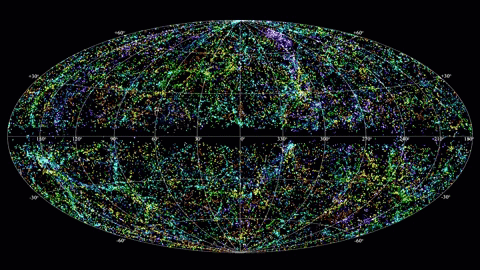FOXCONN DENIES REPORTS OF PULLING OUT OF $5 BILLION INVESTMENT IN INDIA
The Taiwanese electronics firm was previously reported to have backed out of its five-year investment.
It was earlier reported that Foxconn had called off its plans of building more manufacturing units in the state of Maharashtra. However, a new report says that the Taiwanese electronics firm hasn’t cancelled the deal.
The previous reports stated that Maharashtra’s minister for industries Subhash Desai said, “There is no chance of Foxconn exercising its commitment for investment in the state, as it is facing some problems related to its business.” He mentioned that the company had an "internal dispute" with Apple, one of its largest clients, owing to which it was cancelling the deal.
However, Foxconn has now denied the reports with a statement from its parent company Hon Hai. It also stated that the claim of an “internal dispute” with one of its major clients was also inaccurate. In the report by Focus Taiwan, Hon Hai said that it will establish 10-12 facilities in India this year.
Back in 2015, Foxconn had signed a memorandum of understanding (MoU) with the Maharashtra state government for an investment of $5 billion (Rs 35,000 crore) over five years. The firm had planned to set up a manufacturing plant near Jawaharlal Nehru Port Trust (JNPT) in Navi Mumbai. It also planned to buy 44 acres of land in the same area’s special economic zone (SEZ). According to Hon Hai’s statement, the group’s production in India is going on smoothly.

































